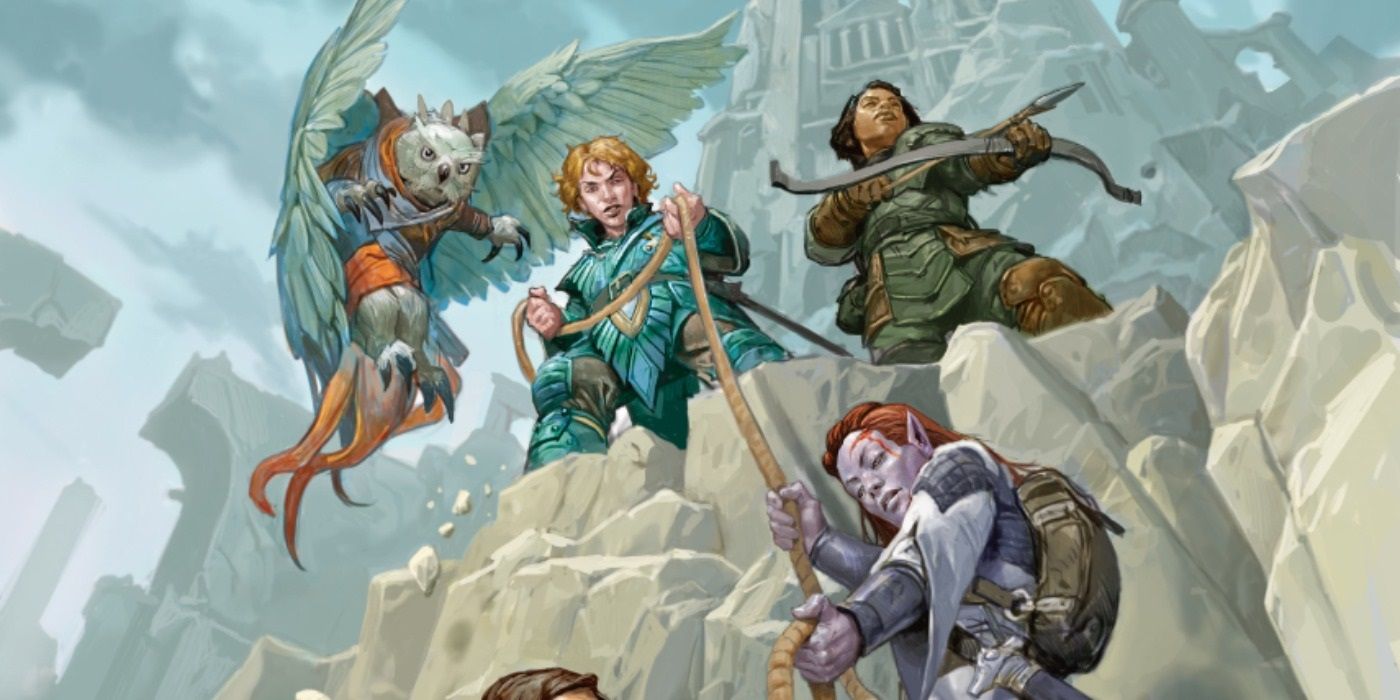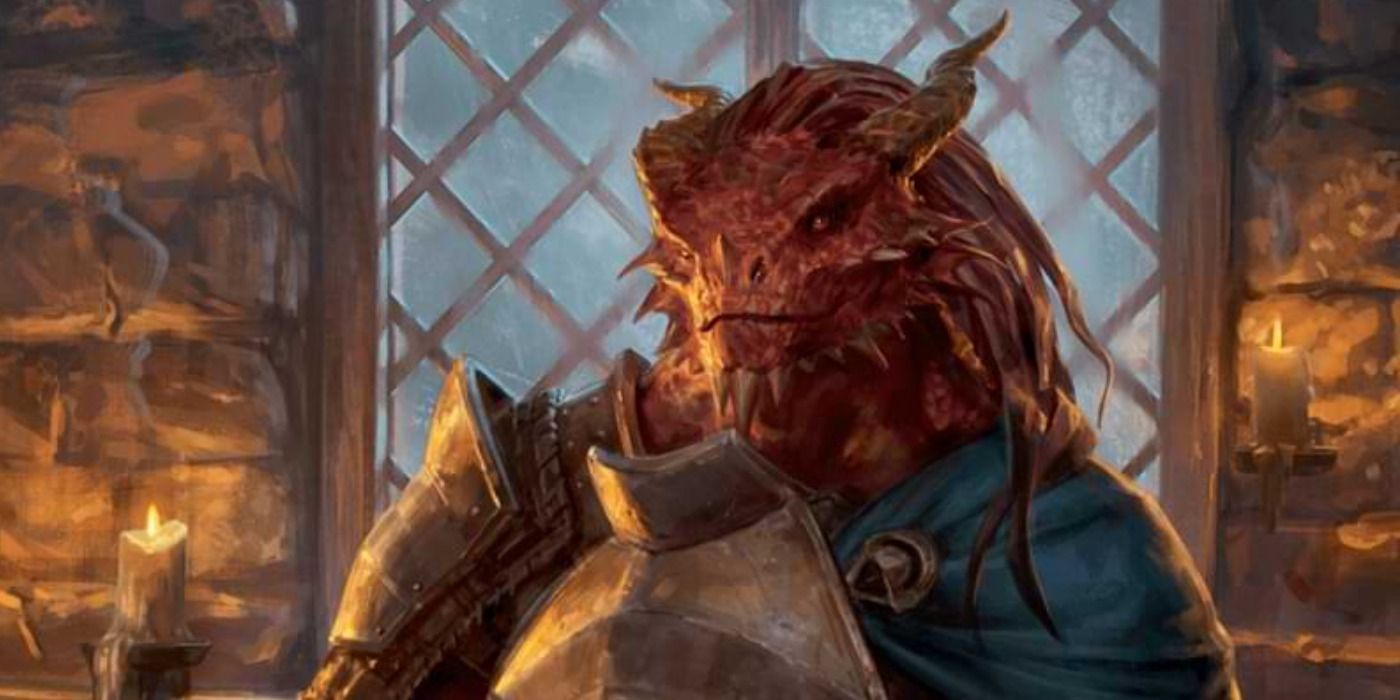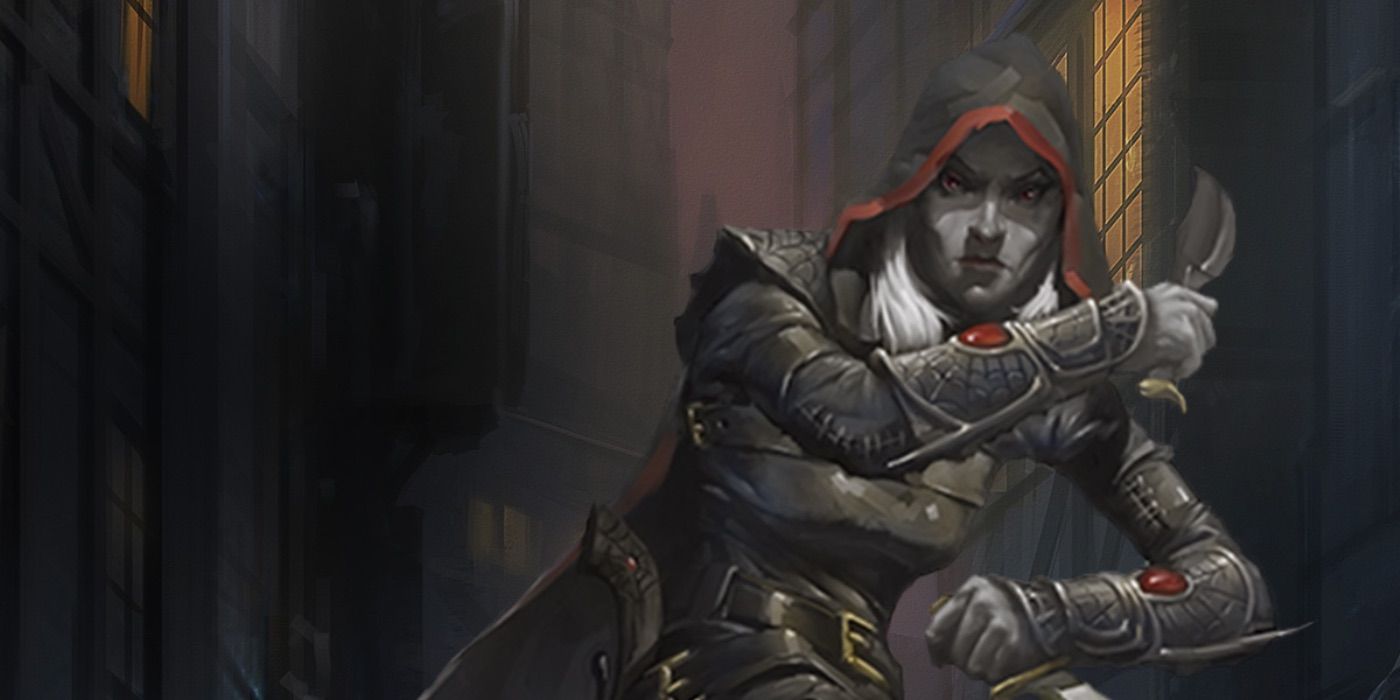The narrative of a Dungeons & Dragons campaign is made up of tasks, challenges, and battle encounters that are usually tackled by the party as a whole. However, on certain occasions, it can be beneficial or seem necessary to split a party to tackle multiple objectives at the same time. While this may seem like a good idea to speed up fetch quests or get through a difficult location more quickly, picking the right circumstances for a party split can be crucial not just for character safety, but also for the flow and progression of the campaign.
A split in a Dungeons & Dragons campaign can be done in many ways depending on the number of players in the D&D party. In a group of four or more, splitting into two small groups ensures that each team can effectively fight if an encounter occurs. However, in smaller groups, it is possible one character may be left on their own, like a Rogue who must sneak into a building, while the rest of the party handles something nearby or waits outside. These smaller splits are more dangerous, as one character may not have the needed skills to take on certain enemies by themselves.
Splits can also happen accidentally, creating tension and high stakes for the party while playing. Several members of a party could be arrested or kidnapped, requiring the rest of their team members to enact a rescue. Players could become separated during a battle, or through a natural event like a storm or a shipwreck. These splits, which are often planned by the D&D campaign's Dungeon Master, are usually controlled and have a clear path the players can follow to reunite the party after the split. However, there are several occasions where an unplanned split could be useful, and if agreed upon, create interesting gameplay for both the party and the DM.
When To Split A Party In A Dungeons & Dragons Campaign
The best time to split a party in a Dungeons & Dragons campaign is when the DM has clearly indicated a split will be needed. These situations could include two time-sensitive objectives that must be completed at the same time, like attending a party while sneaking into several rooms at the party's location. Players may also need to split to follow two separate NPCs, ensuring they get the needed information for a task. These divisions are often short and include a meeting point like a tavern or inn to help bring the split D&D party back together. They also hold minimal risk for a DM who is avoiding railroading players, offering flexible guidelines with a goal to help keep the story on track.
However, there are also times when splitting the D&D party may not have been part of the original plan, but situations arise where it can be efficient or beneficial to temporarily break up. For example, several D&D characters with high Charisma or Deception may choose to befriend an enemy for information, while the other party members stay back and wait. This helps reduce the chances of cover being blown and allows players with more subtle skill sets to push their characters, but may not have been part of the DM's original story. A split can also happen during exploration, where a party may choose to break up and explore the top and bottom of a building at the same time, rather than working through the whole building as a team.
When splitting a party, it is always important for players to remember to check with their DM, who may not be prepared to run two separate storylines at once. While D&D players can make awesome moments and memorable changes to a narrative with spontaneity, objectives and battles are often planned with the whole party in mind. Breaking the party for the sake of time or efficiency could put a lot of unnecessary stress on the Dungeon Master, especially if it happens early in a session.
When To Avoid Party Splits In A Dungeons & Dragons Campaign
While splitting a party may seem like a solid plan, it should be avoided when the DM says a party split is a bad idea. While it might be frustrating for the players, a DM blocking a party split is often due to a lack of prepared material, or knowledge it could end up in the unnecessary potential death of numerous characters. Only the DM has an idea of the upcoming challenges the party will face and letting the characters walk into a slaughter after a split wouldn't be fair to the players, or the party as a whole.
A split should also be avoided during D&D party bonding time, like downtime between big plot points. While it may be tempting for a few characters to go off to a store to shop, or for the loner to leave the group for a tavern or pub, this prevents character interaction and can isolate certain players who may not be included in certain events that happen during the split. By keeping the party together, characters can spend more time talking, building bonds, and creating special moments that could influence campaign events later in the story, while making good memories of the campaign for the players.
Players should also avoid party splits that create a large amount of distance between both halves of the group, potentially leading the D&D campaign off track. This can happen when a D&D narrative objective requires players to visit two towns that are separated by a large distance of travel. Separating groups this way can create long stretches of session time where the non-active party must sit and wait to do anything, which is not only boring for the players but stressful for DMs. To ensure that all party members are included in important discoveries or opportunistic narrative directions, players should stick together when traveling between locations.
Before splitting a party, players should always ensure they have a location to meet back up at, and a frame of time for the split. A location like a window outside a castle, a local shop, or a campsite all work well to regroup. The D&D DM can also set rules before the party splits, giving the players guidelines that help prevent the distraction of segues during gameplay. Being a part of the adventuring party in a Dungeons & Dragons campaign is a primary part of gameplay, and making good choices for party splits helps minimize frustration and keep the narrative moving in a productive and enjoyable direction.



